Related Research Articles

An antiquarian or antiquary is an aficionado or student of antiquities or things of the past. More specifically, the term is used for those who study history with particular attention to ancient artifacts, archaeological and historic sites, or historic archives and manuscripts. The essence of antiquarianism is a focus on the empirical evidence of the past, and is perhaps best encapsulated in the motto adopted by the 18th-century antiquary Sir Richard Colt Hoare, "We speak from facts, not theory."

Ambrogio Lorenzetti or Ambruogio Laurati was an Italian painter of the Sienese school. He was active from approximately 1317 to 1348. He painted The Allegory of Good and Bad Government in the Sala dei Nove in Siena's Palazzo Pubblico. His elder brother was the painter Pietro Lorenzetti.
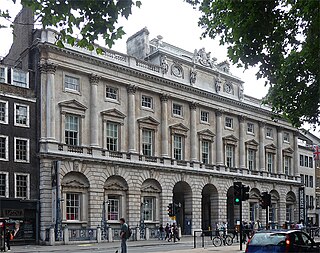
The Courtauld Institute of Art, commonly referred to as the Courtauld, is a self-governing college of the University of London specialising in the study of the history of art and conservation. It is among the most prestigious specialist colleges for the study of the history of art in the world and is known for the disproportionate number of directors of major museums drawn from its small body of alumni.

Ars antiqua, also called ars veterum or ars vetus, is a term used by modern scholars to refer to the Medieval music of Europe during the High Middle Ages, between approximately 1170 and 1310. This covers the period of the Notre-Dame school of polyphony, and the subsequent years which saw the early development of the motet, a highly varied choral musical composition. Usually the term ars antiqua is restricted to sacred (church) or polyphonic music, excluding the secular (non-religious) monophonic songs of the troubadours, and trouvères. Although colloquially the term ars antiqua is used more loosely to mean all European music of the 13th century, and from slightly before.

Dame Frances Amelia Yates was an English historian of the Renaissance, who wrote books on the history of esotericism.

Sir Ernst Hans Josef Gombrich was an Austrian-born art historian who, after settling in England in 1936, became a naturalised British citizen in 1947 and spent most of his working life in the United Kingdom.

The Warburg Institute is a research institution associated with the University of London in central London, England. A member of the School of Advanced Study, its focus is the study of cultural history and the role of images in culture – cross-disciplinary and global. It is concerned with the histories of art and science, and their relationship with superstition, magic, and popular beliefs.

Picatrix is the Latin name used today for a 400-page book of magic and astrology originally written in Arabic under the title Ghāyat al-Ḥakīm, which most scholars assume was originally written in the middle of the 11th century, though an argument for composition in the first half of the 10th century has been made. The Arabic title translates as The Aim of the Sage or The Goal of The Wise. The Arabic work was translated into Spanish and then into Latin during the 13th century, at which time it got the Latin title Picatrix. The book's title Picatrix is also sometimes used to refer to the book's author.
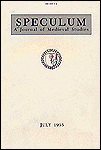
Speculum: A Journal of Medieval Studies is a quarterly academic journal published by University of Chicago Press on behalf of the Medieval Academy of America. Established in 1926 by Edward Kennard Rand, it is widely regarded as the most prestigious journal in medieval studies. The journal's primary focus is on the time period from 500 to 1500 in Western Europe, but also on related subjects such as Byzantine, Hebrew, Arabic, Armenian and Slavic studies. As of 2019, the editor is Katherine L. Jansen.
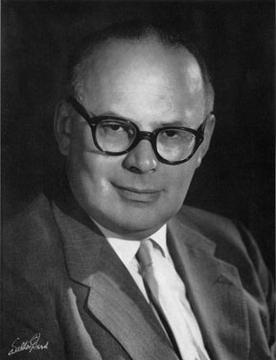
Rudolf Wittkower was a British art historian specializing in Italian Renaissance and Baroque art and architecture, who spent much of his career in London, but was educated in Germany, and later moved to the United States. Despite having a British father who stayed in Germany after his studies, he was born and raised in Berlin.
Joseph Burney Trapp CBE FBA FSA was the director of the Warburg Institute and Professor of the History of the Classical Tradition at London University from 1976 to 1990.
Giovanni Andrea Bussi (1417–1475), also Giovan de' Bussi or Joannes Andreae, was an Italian Renaissance humanist and the Bishop of Aleria. He was a major editor of classical texts and produced many incunabular editiones principes. In his hands the preface was expanded from its former role as a private letter to a patron, to become a public lecture, and at times a bully pulpit.

De pictura is a treatise or commentarii written by the Italian humanist and artist Leon Battista Alberti. The first version, composed in Latin in 1435, was not published until 1450. It is one of his three treatises on art; the other two are De statua and De re aedificatoria, that would form the Renaissance concept for the fine arts: painting, sculpture, and architecture.
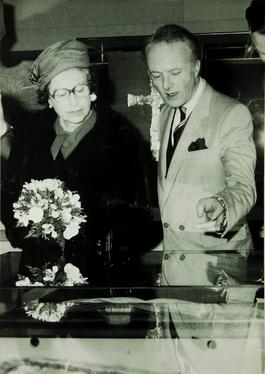
Derek Howard Turner was an English museum curator and art historian who specialised in liturgical studies and illuminated manuscripts. He worked at the British Museum and the British Library from 1956 until his death, focusing on exhibitions, scholarship, and loans.
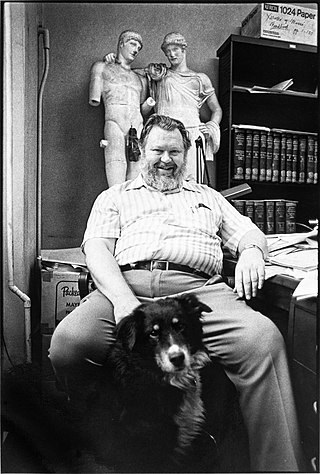
Robert Earl Kaske was an American professor of medieval literature. He spent most of his career at Cornell University in Ithaca, New York, where he was the Avalon Foundation Professor in the Humanities, and where he founded one of the preeminent medieval studies graduate programs in North America. His published output included lengthy interpretations of Beowulf, and of poems and passages by Dante and Chaucer, and frequently constituted leading studies. Kaske particularly enjoyed solving cruxes, with articles on problematic passages in works such as Pearl, Piers Plowman, the Divine Comedy, "The Husband's Message", "The Descent into Hell", and Beowulf.
David Edward Hemsoll FSA is a British art and architectural historian, specialising in Renaissance art and architecture, especially that of Rome, Florence, and Venice. He has published numerous catalogue essays and books that address architectural theory and the methodology of architectural design. He is currently (2020) Senior Lecturer in the Department of Art History, Curating and Visual Studies at the University of Birmingham.
Margaret E. Wood, later Margaret Kaines-Thomas was an English archaeologist and author specialising in the domestic and vernacular architecture of the Middle Ages.
Julian Richard Gardner is a British art historian and Professor Emeritus at the University of Warwick. A scholar of late medieval and renaissance Italian art, particularly patronage, and a Giotto di Bondone specialist whose expertise has led to a number of scholarships and appointments as visiting professor at various institutions both in Europe and America.

Edward Kennard RandFBA, known widely as E.K. Rand or to his peers as EKR, was an American classical scholar and medievalist. He served as the Pope Professor of Latin at Harvard University from 1901 until 1942, during which period he was also the Sather Professor at the University of California, Berkeley, for two terms. Rand is best known for his 1928 work, Founders of the Middle Ages.
References
- ↑ "Announcement", Speculum, Vol. 14, No. 4 (Oct., 1939), p. 514.
- ↑ "Review: Mediaeval and Renaissance Studies", Gray C. Boyce, The American Historical Review , Vol. 47, No. 2 (Jan., 1942), p. 320.
- ↑ "Review Mediaeval and Renaissance Studies. Volume I, Number 1", R. Weiss, The Modern Language Review , Vol. 36, No. 4 (Oct., 1941), pp. 520-522.
- ↑ "Review Mediaeval and Renaissance Studies", Wayne S. Vucinich, Speculum , Vol. 37, No. 2 (Apr., 1962), p. 287.
- ↑ British Library. 7 October 2015.